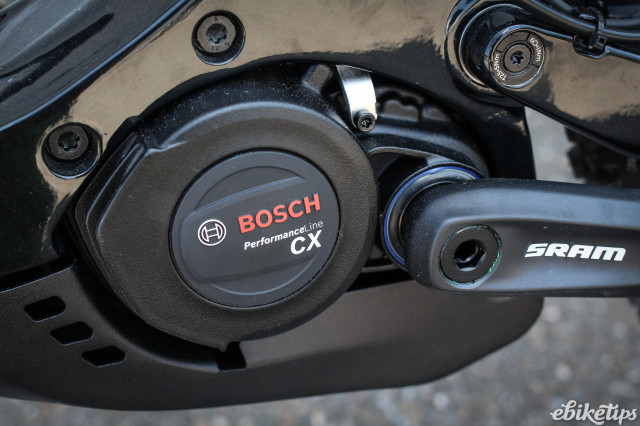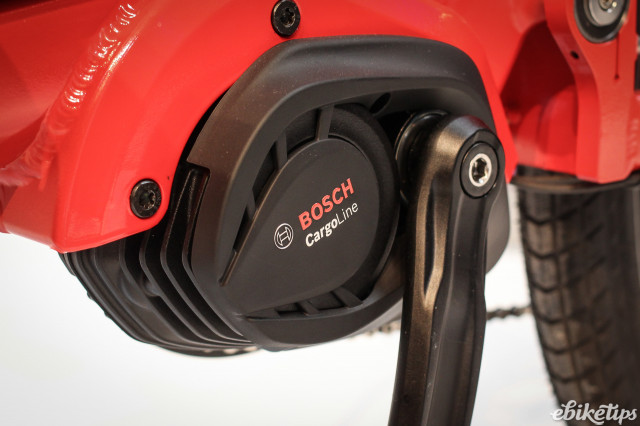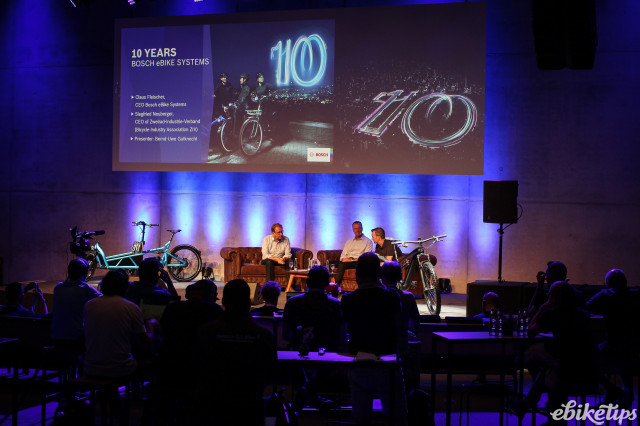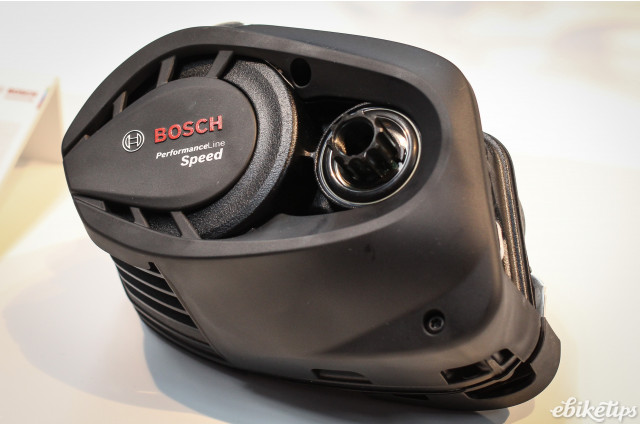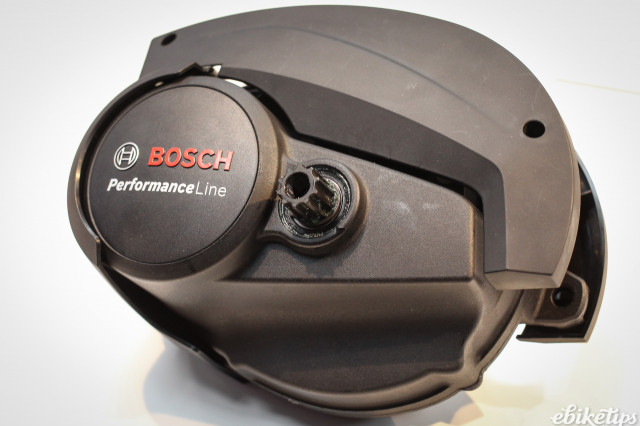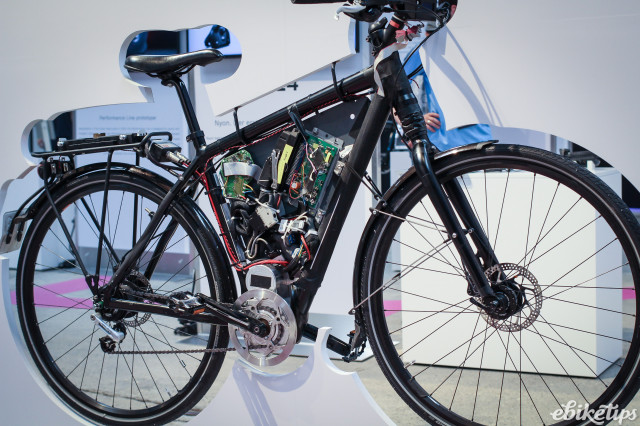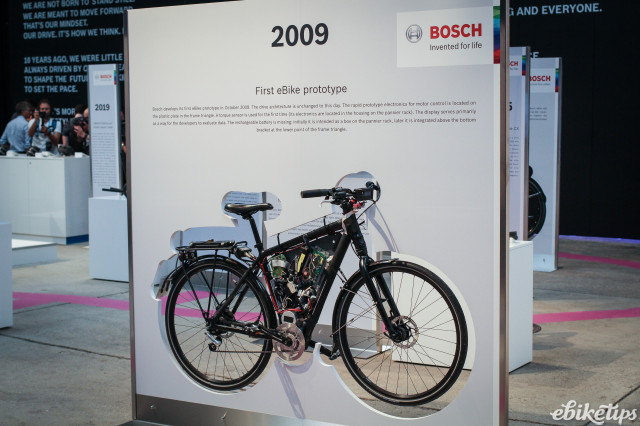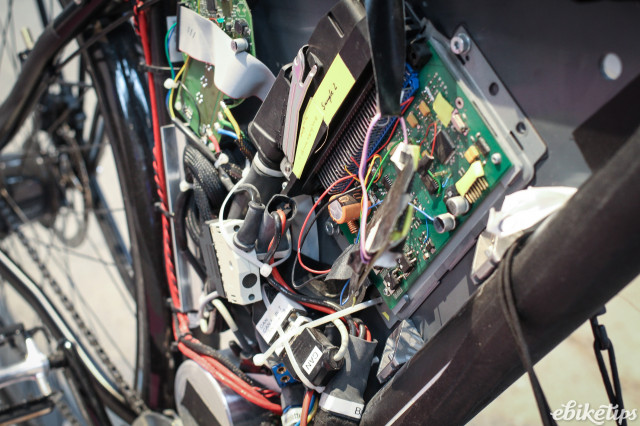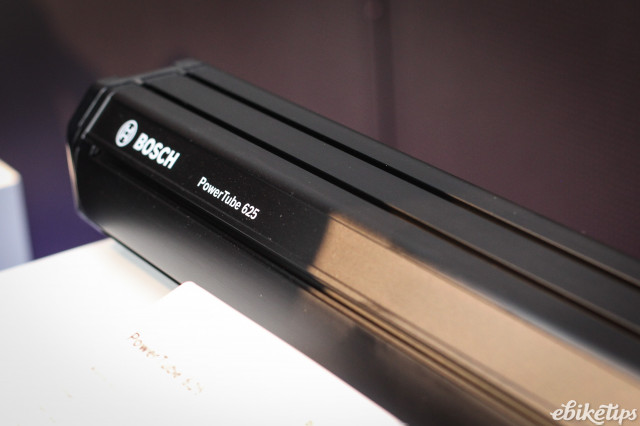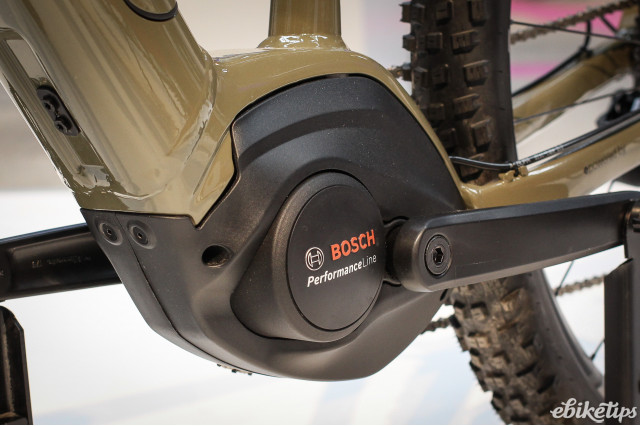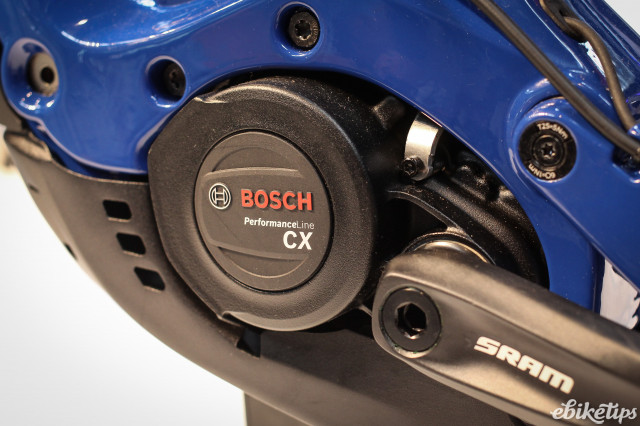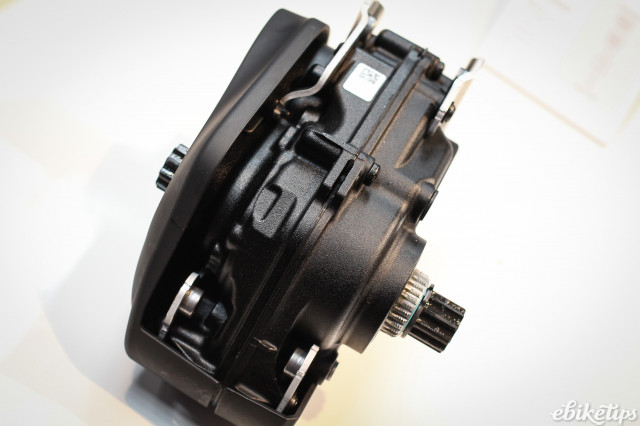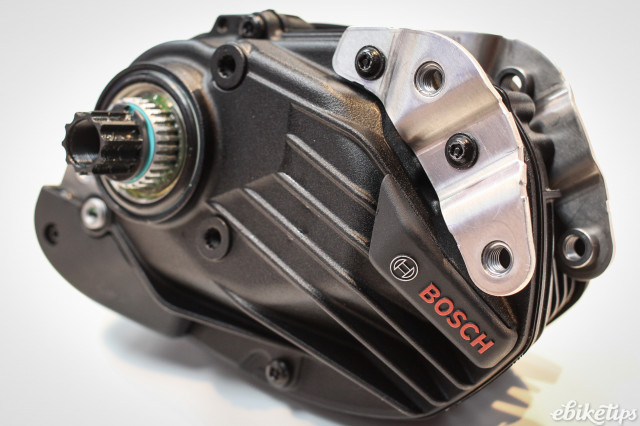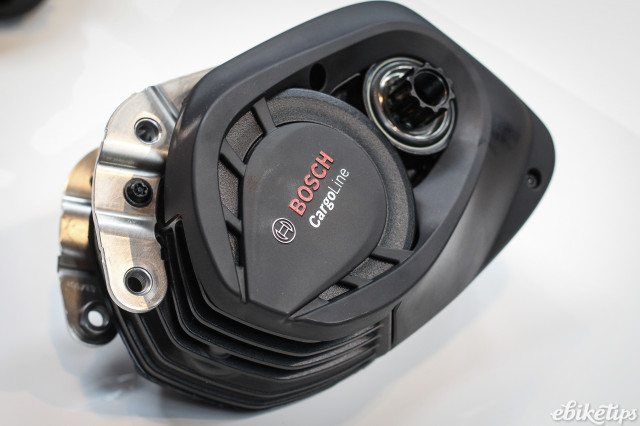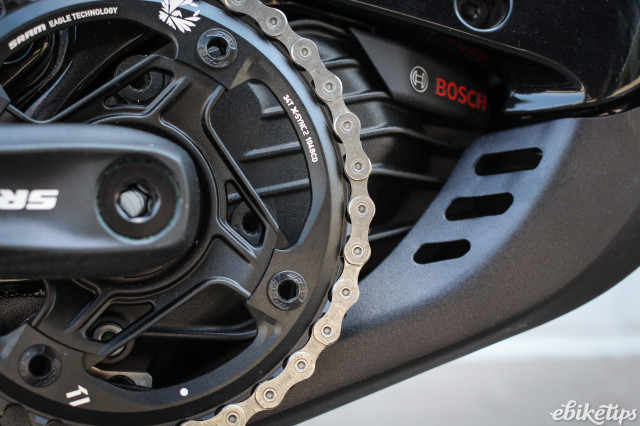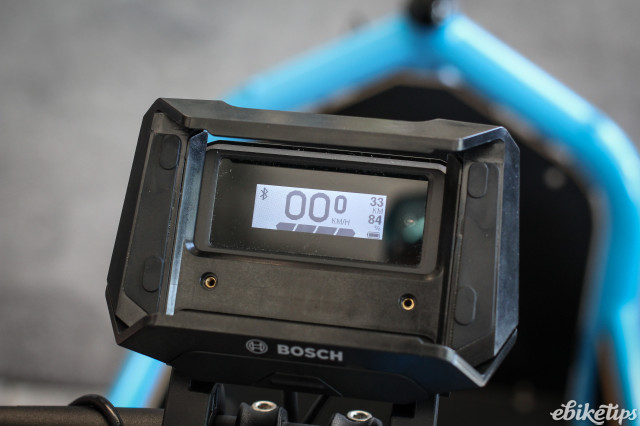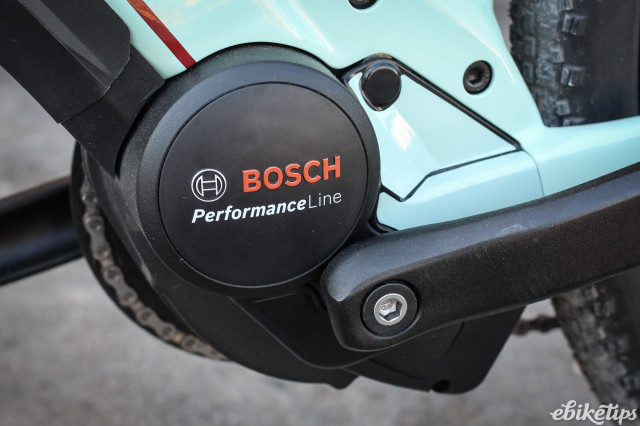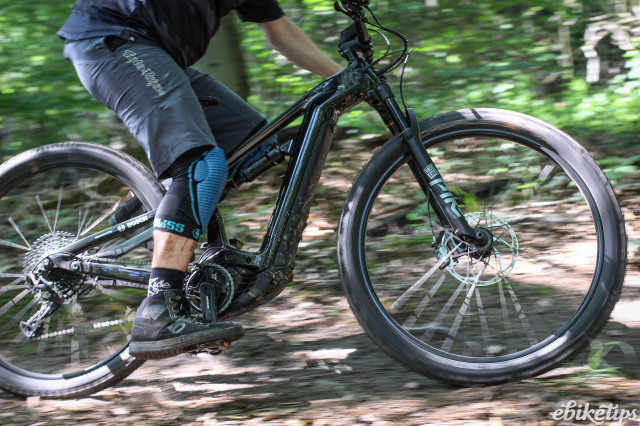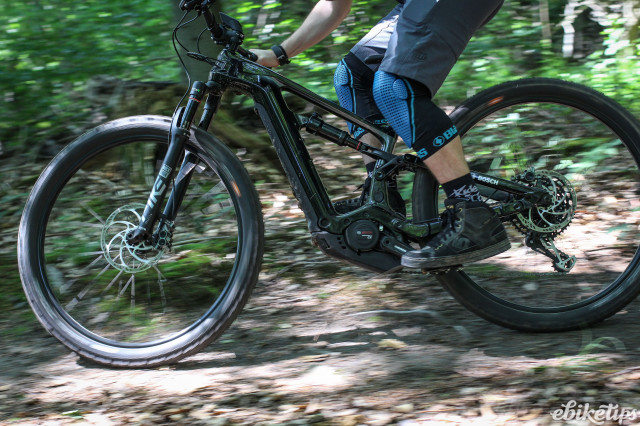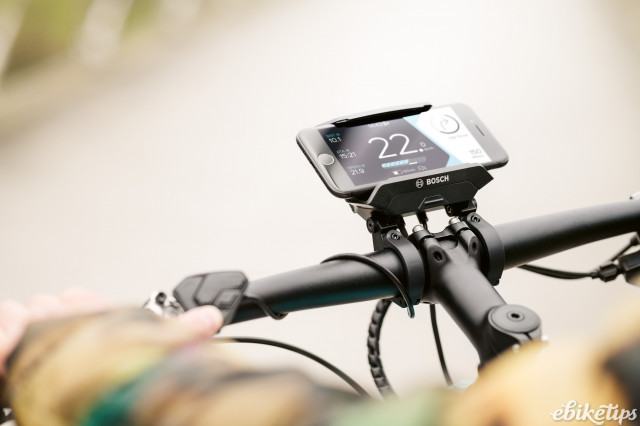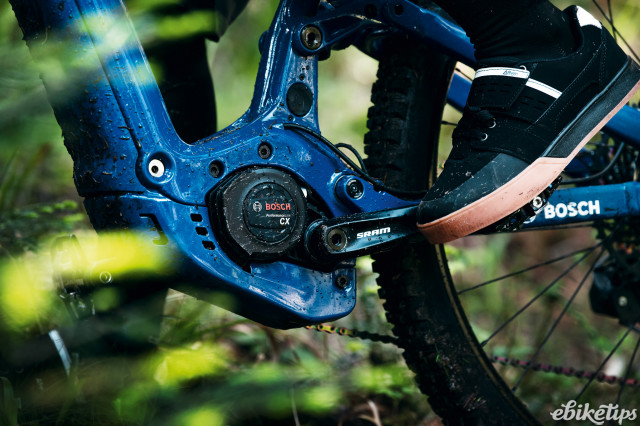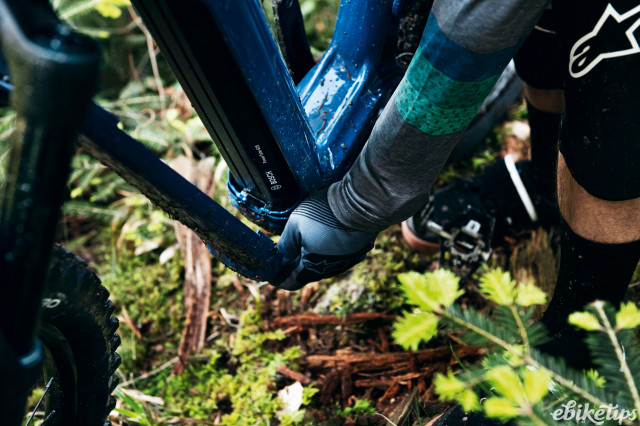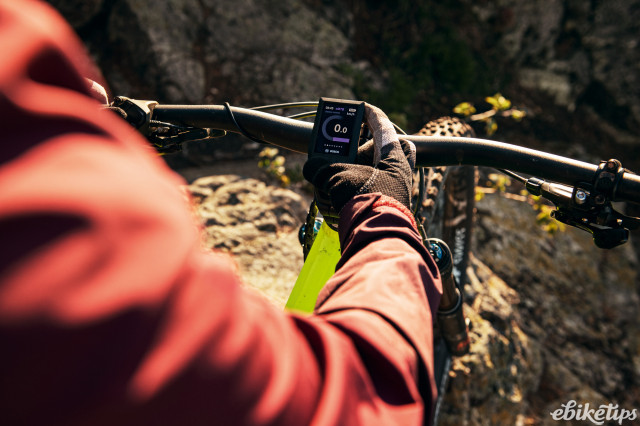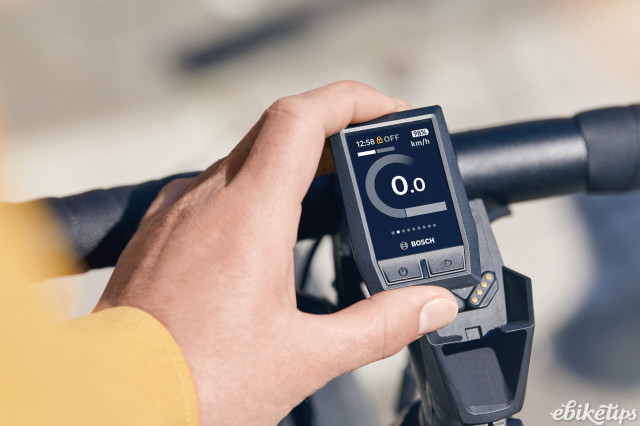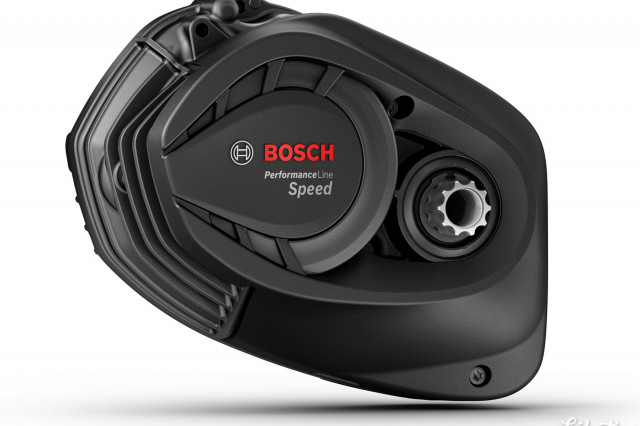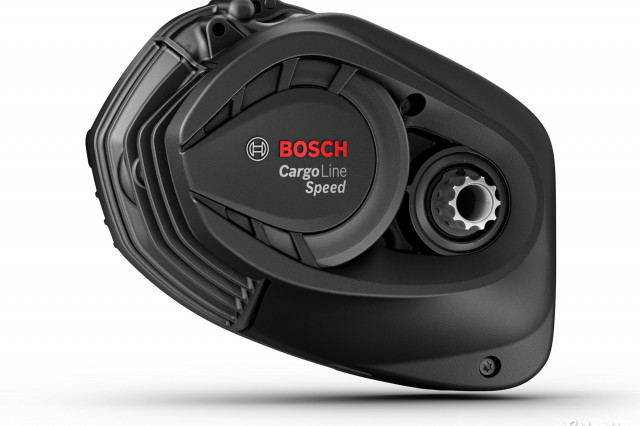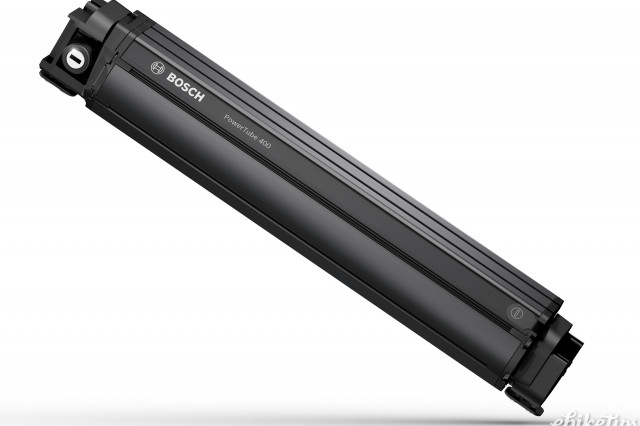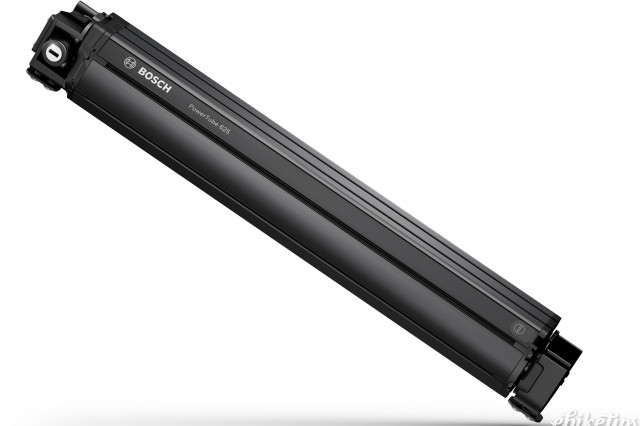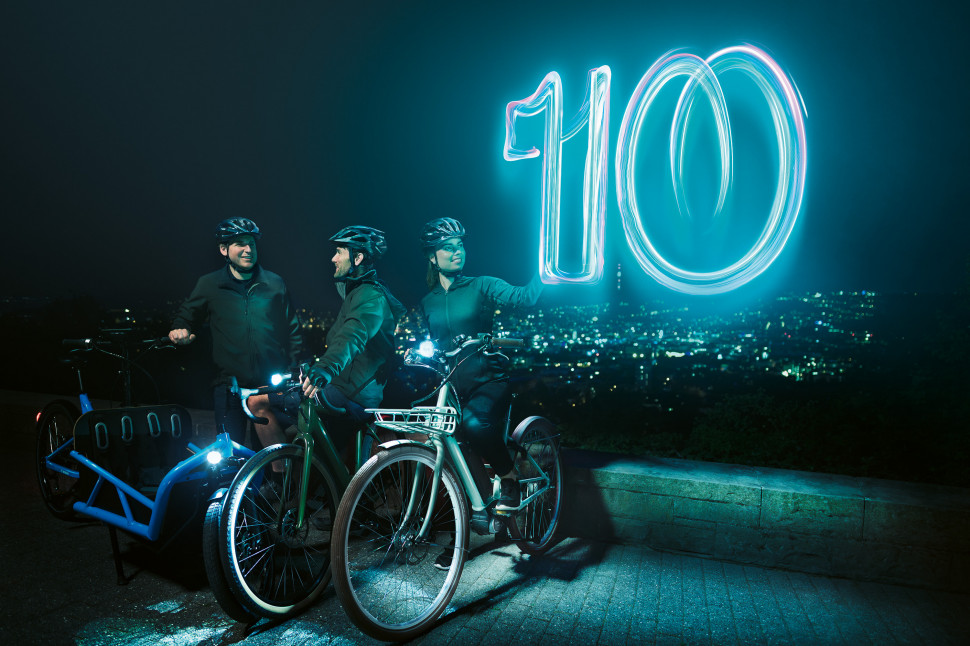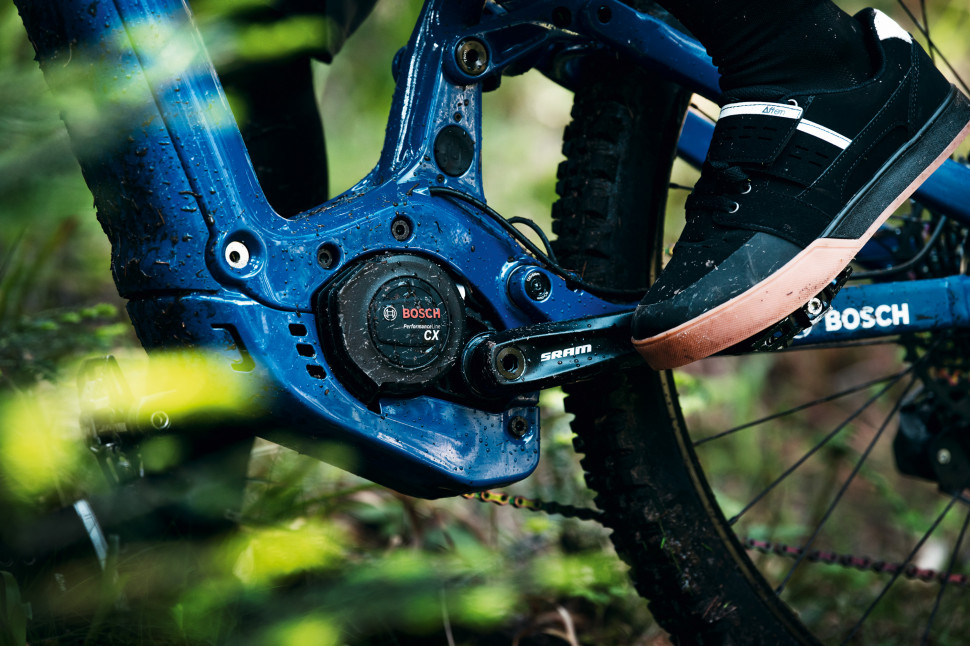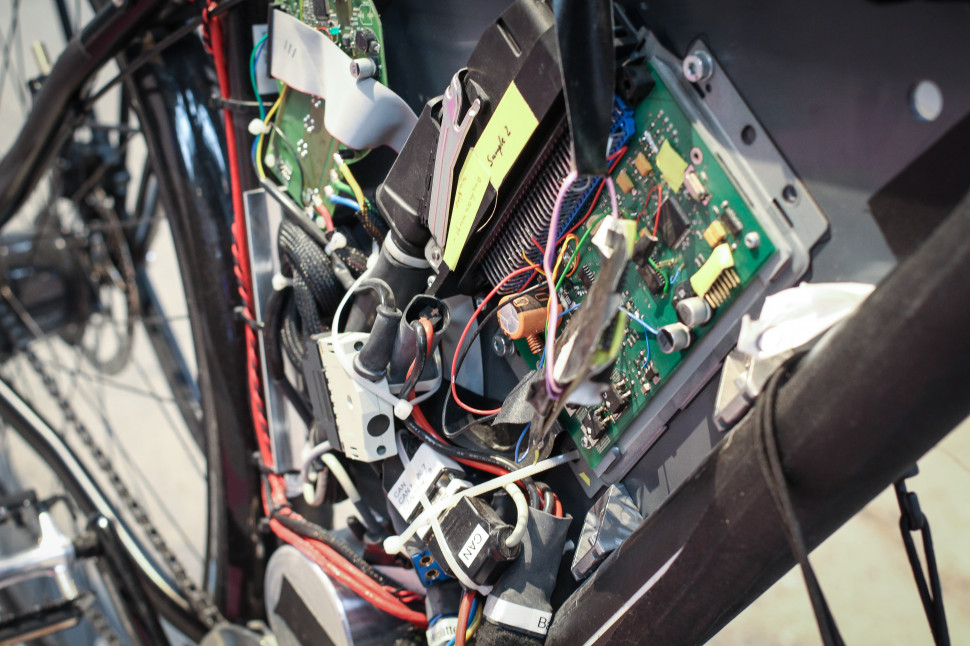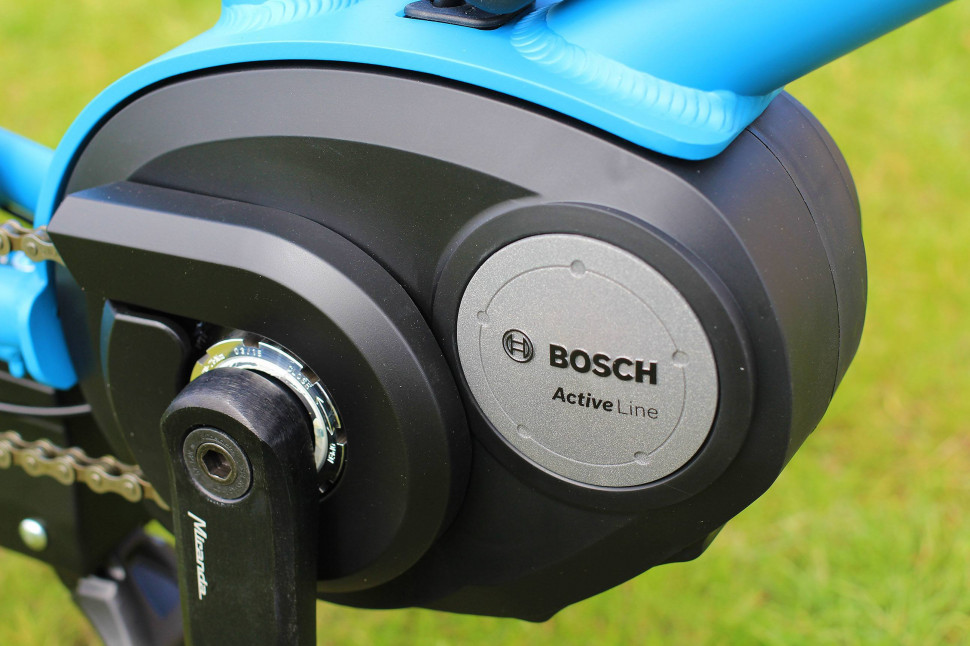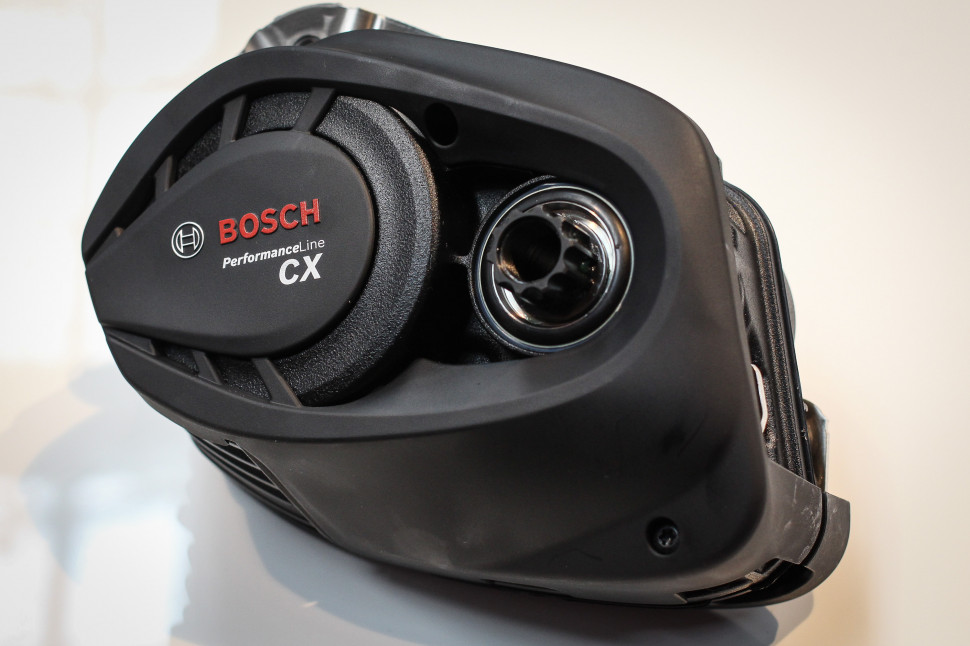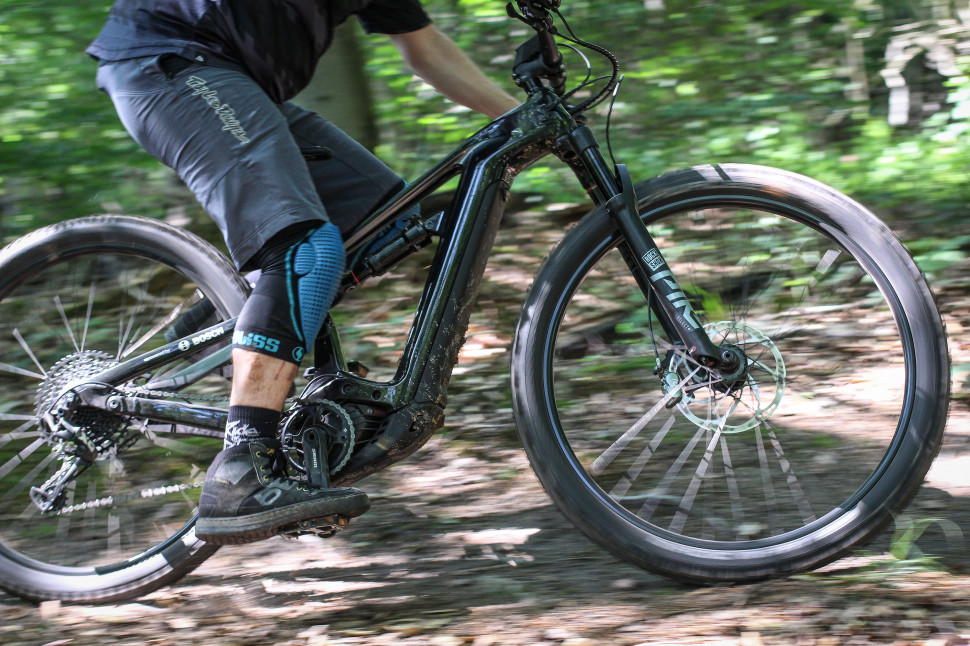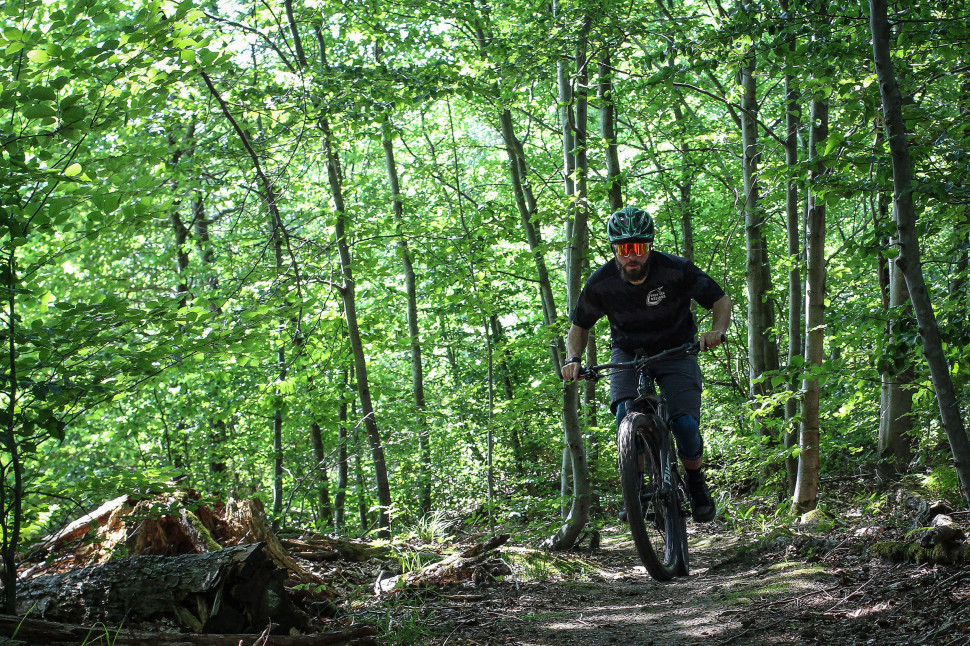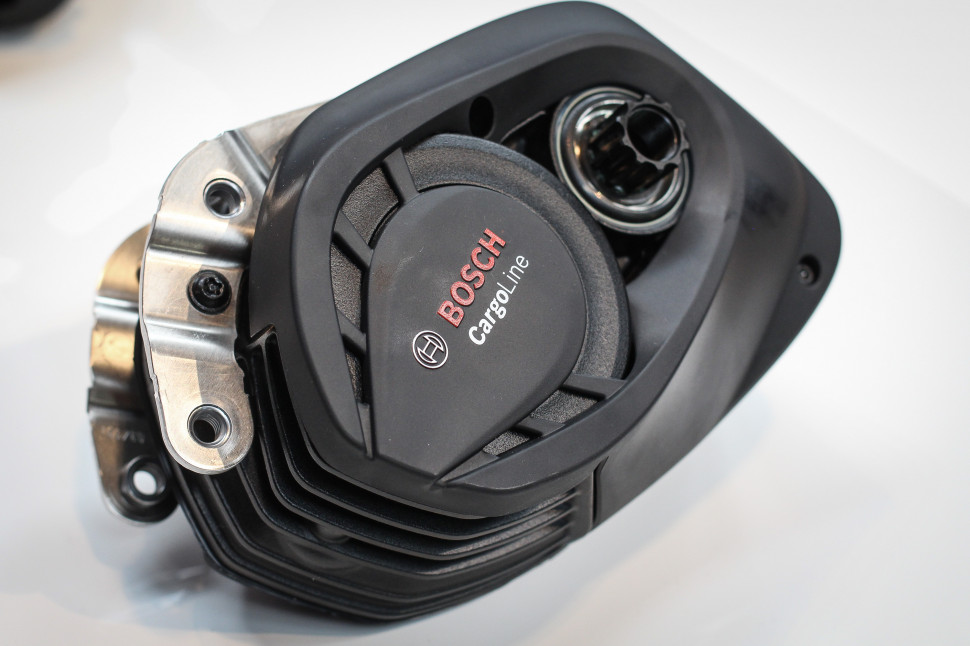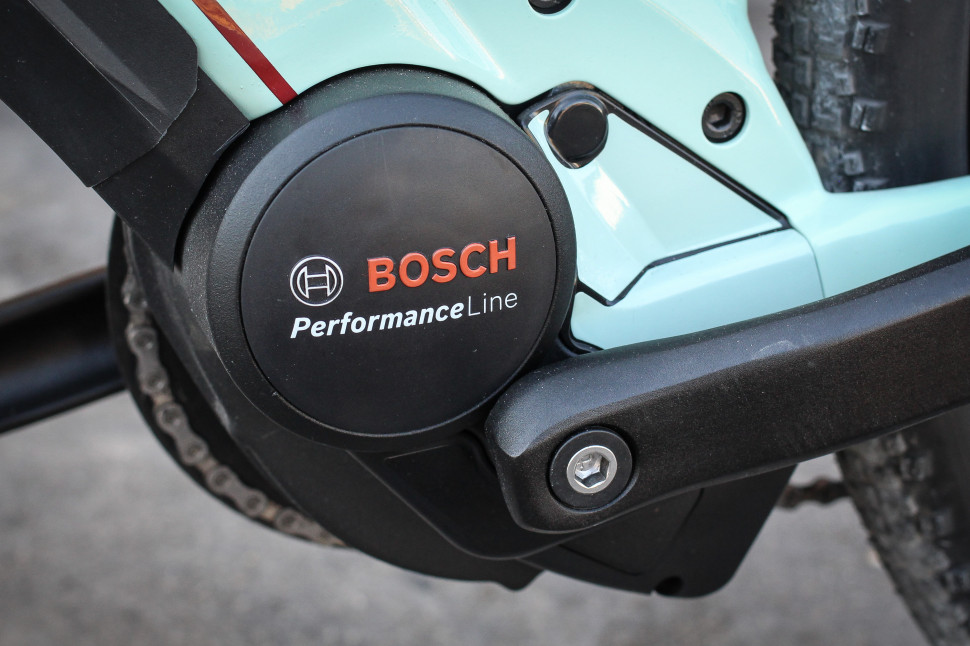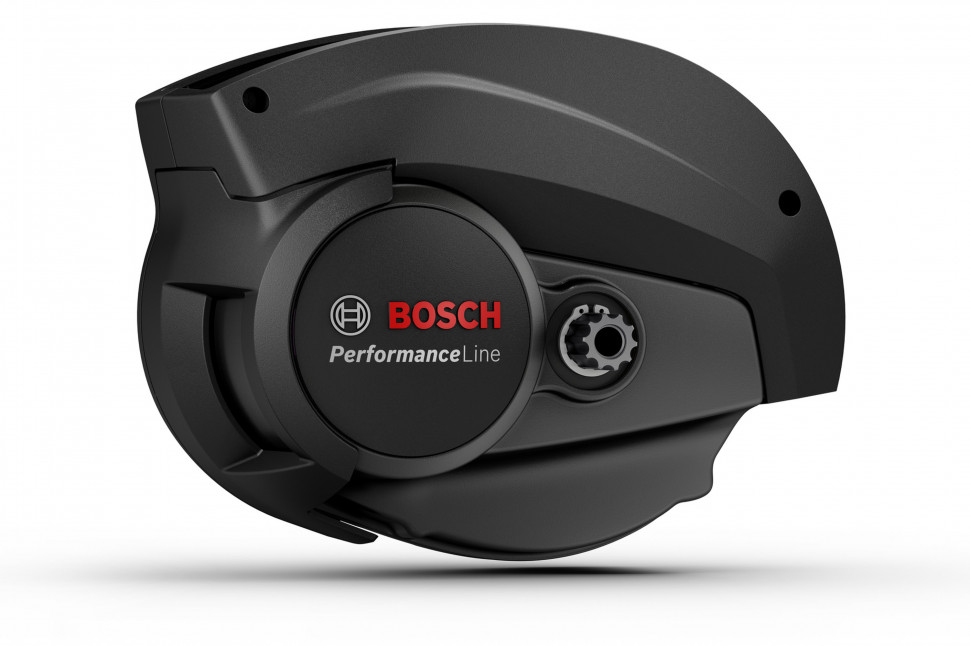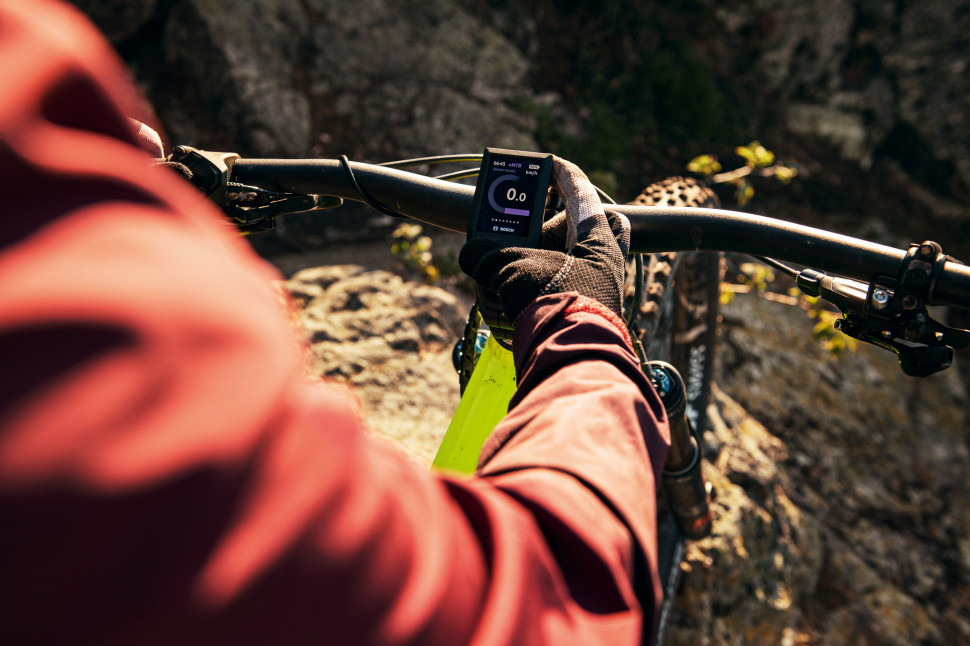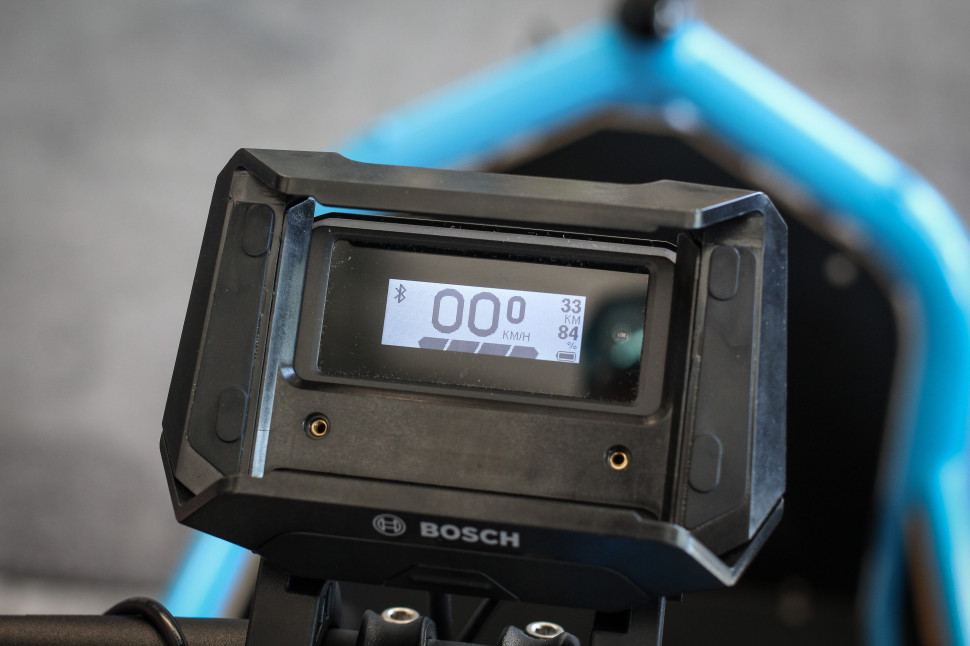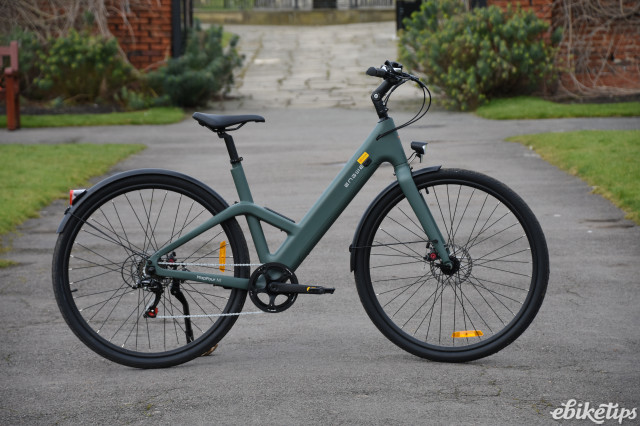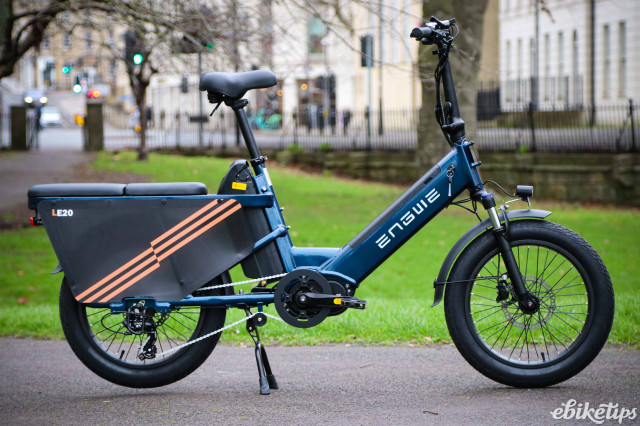Bosch is one of the biggest names in e-bike motors, and we recently went out to Stuttgart, home of Bosch for the past 133 years, to take a look at what’s new from the German motor giant.
It feels like Bosch has been a major player in the e-bike market forever, but in reality this is a very new market: it’s just ten years since Bosch started their e-bike systems division, and eight since the first motor was commercially available. This 2020 motor launch doubled as their tenth anniversary bash. The highlights of this launch are new Performance Line CX and Cargo Line Cargo Line motors. The Performance Line motor has been updated too, and there are new internal batteries and updates to the Kiox and Cobi displays too. Here's our video round-up of the day...
New Performance Line CX motor
The highlight for Bosch in the new range is the completely redesigned Performance Line CX motor. The CX has been at the top of Bosch’s range for a while now, but while the new motor shares the name with its predecessor, it’s radically updated.
Bosch first unveiled its e-bike motor at Eurobike in 2010 and production started in 2011; back then it was one motor, one battery and one display. The motor itself had been in development since 2009. The first working prototype is a thing to behold, with the whole main triangle of the bike jammed with electronics.
The first-generation motor used a direct drive from the pedals to the chainring, with a standard-sized chainring and the motor positioned below the bottom bracket. In 2014 the system was fundamentally overhauled, and we were introduced to the system that Bosch used on all its motors until 2018, with a small drive ring not directly driven by the cranks.
The design was neat and compact, but not without its issues. The motors were reasonably noisy (especially the more powerful performance line units) and the non-direct drive made them feel a bit mushy when you were trying to ride Bosch-powered bike without any motor assistance. In 2018 re-launched the Active line motor as two units – Active line and the more powerful Active Line Plus – with redesigned internals and a direct drive bottom bracket axle with a full-size chainring. It always seemed likely that the same thing would eventually happen with the CX motor, and now it has. But other things have happened too.
The thing that’s immediately noticeable about the new CX motor is not the size of the drive ring, but the size of the motor itself. The new motor is a very impressive 48% smaller than its predecessor; it’s smaller in every dimension, with a narrower Q factor (the distance between the pedal axles) for a more sporty feel. The motor housing is magnesium, and the smaller package and lighter material combine to shave 25% off the motor weight. At 2.9kg It’s around a kilo lighter than the outgoing unit, which is an enormous saving. Coupled with the 2.8kg PowerTube 500 battery you can have a full, top-spec Bosch system on your bike that adds around 6kg. The gap between full-power systems and the less powerful lightweight motors is narrowing.
Riding the new CX motor
We were lucky enough to get a couple of hours of trail-based fun on the new Performance Line CX motor. The new unit has the same maximum torque as the outgoing unit, at 75Nm. However, Bosch has upped the maximum assistance to 340% of your pedal input, from 300%. On top of that it has done plenty of work with the algorithms in e-MTB and Turbo mode to make the power application feel more natural. It was especially noticeable in Turbo mode, which in the past has felt a bit on/off. There’s masses of power there, but it’s more nuanced than it was.
Most of the time you’re trail riding you don’t really need to stray from the e-MTB mode. It’s designed to offer you all the power you need but also be sensitive enough to allow you to tackle slippery technical stuff and loose climbs without losing traction. We didn’t have much slippery stuff – it was a baking 32°C in Stuttgart, and the trails were pretty dry and dusty – but we did have the opportunity to point the new motor at some ridiculously steep and loose climbs, with impressive results. Your natural reaction is to attack the climb standing up and rely on your own power to make it to the top, but with a bit of expert tuition from I was able to ride the whole climb – steep enough that it was difficult to walk up if you stalled – seated and with fairly minimal effort at the pedals.
Coming down the steep stuff, rather than powering up it, another aspect of the new design comes into play. The drive unit has been reconfigured so that the bottom bracket axle is as far back as possible in the housing, with very little motor behind the axle. Bike manufacturers will no doubt be salivating at the prospect of fitting the new, smaller motor into frame designs that look neater and more compact, and the new design allows a shorter chainstay length than before. Our test bike, designed around the new, smaller motor, had a very playful feel on the trail for a 29er, with a tighter wheelbase and, of course, a kilo shaved off the weight of the motor.
Above the 25km/h assistance limit the new Performance Line CX motor is much, much better than its predecessor. With a direct drive to the chainring, and decoupling within the motor unit to reduce resistance, pedalling feels entirely normal without assistance, and it’s completely silent. Unlike the motor itself: while the new Active Line series motors are very quiet, that clearly wasn’t the priority with the CX motor and in terms of overall noise it’s comparable to the outgoing unit, maybe a bit quieter.
Cargo Line motor
Bosch has identified the cargo bike market as a big one for e-bikes. Certainly if you’re dragging a couple of kids around, or a weekly shop, or doing a round of deliveries, then some help is certainly handy. "eCargo bikes are becoming an increasingly common sight on city streets. The areas of use in both the private and commercial sectors are enormous. By providing a specially designed drive, we aim to further promote this positive development, helping to relieve road traffic and protect the environment," said Claus Fleischer, CEO of Bosch eBike Systems.
The motor itself looks very similar to the Performance Line CX unit: it’s the same size and shape, and it also puts out 75Nm of torque. The maximum assistance is increased from 340% to 400% for this motor; that means that there’s more immediate help when pushing away from a standstill, which is good if you’re on a heavy bike that’s full of stuff. Bosch rates the Cargo Line motor up to a maximum bike weight of 250kg. It’s available in EU-standard 25km/h and 45km/h speed pedelec versions.
Performance Line motor
The Performance Line motor is also new. In design it’s similar to the new Active line motors, so it doesn’t get the smaller housing, but the weight has been reduced to 2.9kg and the available torque upped very slightly to 65Nm. Like all of Bosch’s motor range now, it has moved to a direct drive design with a standard chainring instead of a small drive ring.
I didn’t get a chance to ride the new unit at the launch but Bosch claim that it’s “One of the quietest motors in its class”, and given that it shares its design with the Active Line motors that are functionally silent most of the time, that’s easy to believe. Like the Cargo Line motor, it’s available in 25km/h and 45km/h builds, but the Performance Line Speed motor shares its design with the Cargo Line and CX motors, not the standard Performance Line unit.
Anti-tuning
Want to go above 25km/h with the motor still on? Well, you can’t, or at least Bosch doesn’t want you to. The last update of the motor firmware included a flag that was set when the motor suspected that it was being tuned, and a dealer’s diagnostic systems could pick that up. Bosch has gone a step further with the latest motor though. The standard method of tuning a bike is to use a third party dongle to play about with the speed reading and allow the bike to be ridden above the assistance limit.
The new motor combines sensors and software to sense-check what the bike is doing, and if the system suspects it’s been tuned it’ll go into ‘limp home’ mode where both the level of assistance and the maximum assistance speed are curtailed. If that happens you can ditch your dongle, whereupon the system will reset itself after an hour or so. Bosch is pursuing a three-strikes-and-you’re-out policy: if the motor shuts down due to tuning detection three times, you’ll have to take the bike back to a Bosch dealer for them to reset it with their diagnostic tool.
Why is Bosch so hot on this? Well, the company is keen that e-bikes are as lightly regulated as possible, and they see tuning as an issue that will cause governments to clamp down. Claus Fleischer, CEO of Bosch e-bike Systems, said "If cyclists tamper with their eBikes by tuning them, thereby risking possible accidents and injuries, this will give rise to policies that include more stringent regulations and future bans. This would cancel out the benefits that all other eBike fans are able to enjoy. Tuning is completely unnecessary for fully enjoying everything that eBikes have to offer. On the contrary: any tuning ruins the real fun of it all – whether on a relaxed cruise, or pursuing sport riding fair and square".
If you want to go faster, then you can always get a more powerful e-bike, says Bosch. That’s not an especially attractive option in the UK, where an s-pedelec is legally a moped with all the legal obligations – number plates, motorbike helmet, insurance – that that entails, but the logic is understandable. This is not a fight that Bosch is going to win on its own though, and while there are hugely powerful, de-restricted e-bike kits widely available online it’s not going to have a huge effect, but it’s a start.
Kiox and Cobi updates
The Kiox display has had some updates. The physical unit is the same but now it can pair with the Bosch eBike Connect app to record your activities, and it’ll also connect to a Bluetooth heart rate monitor too. The app allows over-the-air updates of the firmware as well. If you have a bike with Fox’s electronically controlled e-Live valve suspension you can now control that from the Kiox too, and power it from the e-bike battery. There’s a new ‘lock’ function too; it’s not really a lock but it pairs the bike specifically with your Kiox, and deactivates the motor when the unit is removed. If a thief takes your bike and puts a different head unit on it, it still won’t work.
Bosch acquired Cobi in 2017 and offers their system, which uses a smartphone as a display, as an option to its dedicated units. It has now updated the Cobi dock to include a small display of its own, so that if you’re not using your phone – if it’s just a short journey, for example, or if it’s wet and your phone isn’t waterproof – you can still see all the most important system information. That’s a really sensible change as the Cobi system is actually pretty good, but you don’t really want to pair your phone for every journey.
